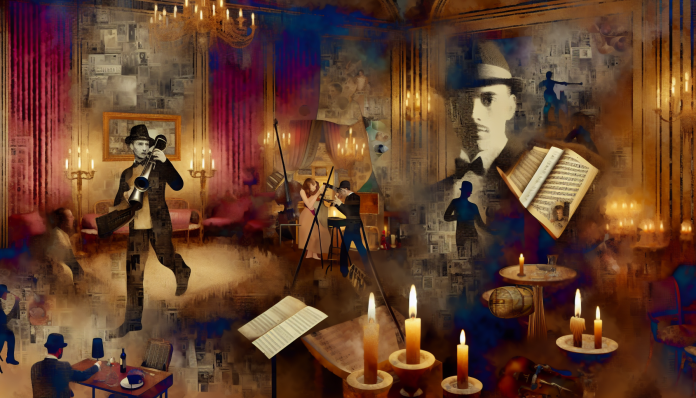Introduction
When we think of Bob Dylan, we often picture a revolutionary figure in music and poetry whose lyrics have shaped the cultural landscape since the 1960s. However, behind his lyrical genius lies a tangled web of romantic entanglements that fueled some of his most iconic songs. The scandals surrounding Dylan’s love life not only reflect his own personal journey but also underline the shifting moral and cultural frameworks of the eras he traversed. As we dive into Dylan’s romantic escapades, we’ll explore how these relationships influenced his art and how societal norms have evolved since then.
The Scandal
Bob Dylan, born Robert Zimmerman in 1941, was no stranger to controversy, especially in the realm of love and relationships. With a string of high-profile affairs, his romantic life became fodder for tabloids and fans alike. Perhaps most notably, his relationship with folk singer Joan Baez in the early 1960s stood out not just due to their creative collaboration but also because of the intense public scrutiny they faced.
In her memoir, Baez reflected on the emotional rollercoaster of dating Dylan, highlighting the complexity of being involved with a man who was simultaneously a rising star and notoriously fickle. Their relationship defined a cultural moment—one where love and art were intertwined amid the backdrop of the civil rights movement. Dylan’s tumultuous romance with Suze Rotolo, which inspired songs like “Don’t Think Twice, It’s Alright,” showcased a more private side of Dylan, contrasting with his public persona.
The affair took a turn when Rotolo took a stand against the escalating political tensions of the 1960s, leading to a breakup that would influence Dylan’s songwriting for years to come. His lyrics often illustrated the pain and confusion of his romantic uprisings—a reflection of the rampant idealism and distress of an entire generation yearning for change.
Moral and Cultural Analysis
Initially, society reacted to Dylan’s affairs with a mix of admiration and disapproval. The folk music scene was steeped in traditional values; however, Dylan’s revolutionary verses often challenged these norms. Critics at the time saw his relationships as scandalous, especially given the social mores regarding fidelity and public morality prevalent in the 1960s.
Consequences of the Scandal:
- The media scrutinized Dylan’s personal life, with many speculating about how his relationships influenced his art.
- Joan Baez experienced a social backlash from fans who viewed her as a mere muse and not a partner in her own right.
- Rotolo’s departure from Dylan marked a poignant shift, leading to a backlash of heartache that shaped his most poignant lyrics.
Fast forward to today, many would argue that the current climate is significantly more permissive regarding celebrity relationships. Scandals that once resulted in moral outrage are often viewed with a mix of humor and acceptance. In the context of Dylan’s escapades, modern audiences might praise his emotional honesty rather than criticize his romantic pursuits. The emergence of open relationships and dialogues around consent challenge the conventional boundaries that defined Dylan’s partnerships.
As we reflect on Bob Dylan’s wild love life, it is clear that he not only transformed music but also contributed to a seismic shift in societal attitudes towards love, fidelity, and self-expression.

